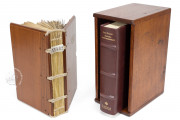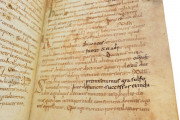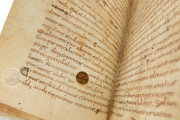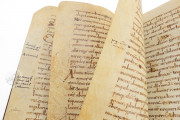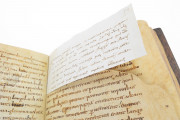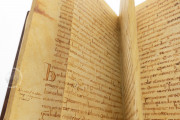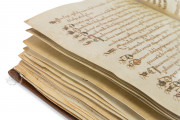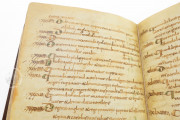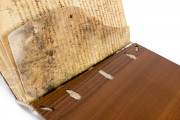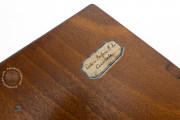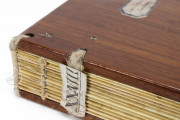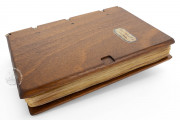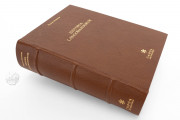Made in the first half of the ninth century, perhaps in Cividale, the manuscript of the History of the Lombards preserved in Cividale is one of the earliest surviving manuscripts of the widely read Historia Langobardorum—the story of the Lombards, a Germanic people who ruled most of the Italian peninsula from 568 to 774—as told by Paul the Deacon. It traces the history of the Lombards from mythic Scandinavian origins up to the death of King Liutprand in 744. Its text instructed its medieval readers about Lombard identity, helping to shape their perception of this powerful and cultured Christian people.
Paul the Deacon was a prolific scholar and an important intellectual figure at the court of Charlemagne in the 870s. It is thought that he may have composed the Historia in the immediate aftermath of Charlemagne’s successful conquest of Lombardy in 774. Alternatively, it may have been commissioned by one of Charlemagne's sons.
Lombard Pride and Carolingian Might
The Historia Langobardorum offers modern readers an important example of history writing in the Carolingian realm. Both the text's inclusions and omissions were carefully chosen to shape the future of Frankish and Lombard relations and to support the legitimacy of common Carolingian rule. The text of the Cividale manuscript begins in medias res and has some lacunae: it is nevertheless an important early witness to the text.
Although Paul the Deacon's impetus for writing his history remains unknown, the earliest copies come from northern Italy, pointing to the text's possible origin there. Some experts have posited that Charlemagne's son Pepin (777-810), who ruled as King of the Lombards beginning in 781, commissioned the text.
A Vestige of Regional Friulian Writing?
The script of the Cividale codex may tie the book to the birthplace of the text's author in northeastern Italy. It has characteristics of pre-Carolingian Italian minuscule—with its many ligatures and long, club-like ascenders on b, d, and l—but with an admixture of Caroline Minuscule letterforms. It has been suggested that the writing in the Cividale codex constitutes a rare survival of a Friulian variant of the script. The manuscript also features Uncialform capitals, which receive subtle enhancement in washes of red and green.
Unveiling the Binding Process
The fifteenth-century binding of the Cividale manuscript is instructive for understanding the traditional methods of binding books. Having lost its leather cover, the binding reveals thick bare wooden boards, three sturdy double bands onto which the gatherings of folded parchment sheets were sewn, and the endband sewing.
We have 1 facsimile edition of the manuscript "History of the Lombards": Historia Langobardorum facsimile edition, published by CAPSA, Ars Scriptoria, 2015
Request Info / Price

